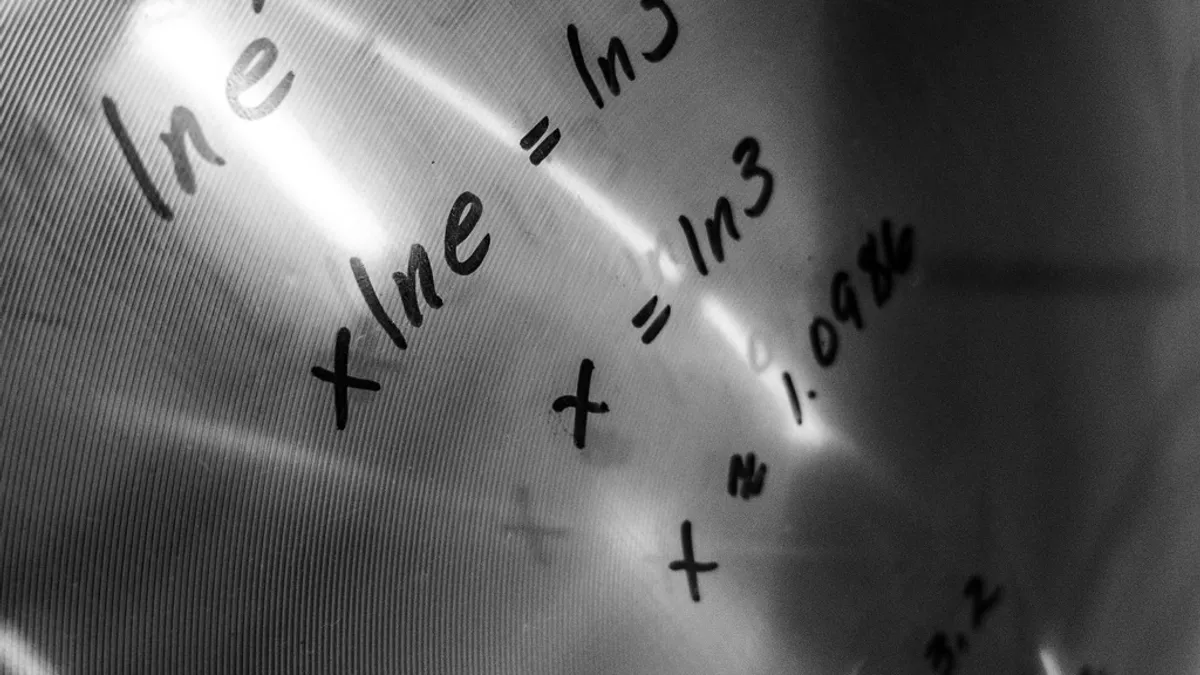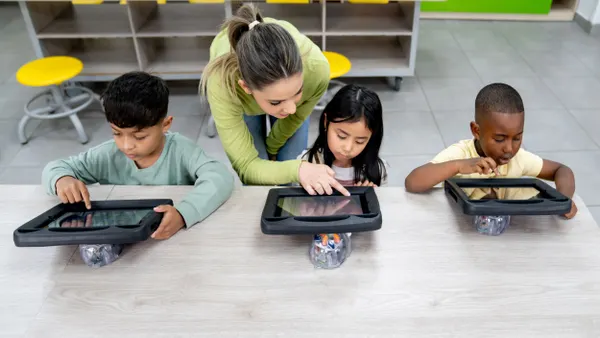Dive Brief:
- After a schedule change meant he would only have his math students in class four days a week, teacher Michael Giardi, who works at Tierra Linda Middle School in San Carlos, CA, looked for new ways to engage them, he writes in Edutopia. He came up with the idea of math hooks, which often includes pairing visual images with a math exercise.
- Hooks need to be differentiated depending on the skills of a class. But they’re a bit like puzzle — where the prompt of the math hook can lead students to come up with another example or just a solution. The trick is having them figure out where they should go next.
- Students get excited about the math hooks, (some of which Giardi has created on his own web site), feel challenged, and are more invested in class, he says.
Dive Insight:
Mastering a subject or new ability is not always an easy road. Students need to work hard, even tap into persistence and grit, concepts that are sometimes used when talking about social-emotional learning. Children who give up too easily, who do not understand that failure is often part of any learning experience, can stunt their own educational path.
Productive struggle puts students into situations where they need to push through a problem to succeed — wrestling with a math problem, starting over on an engineering project, working through a second, even third round of edits on a social studies paper. These experiences toughen a student, and help them see that the notion of a right and wrong answer is never the aim.
Administrators who encourage educators to build a bit of struggle into the learning day can help students develop their own skills for success. Whether trying to pass a calculus class, or uncover a solution to a problem in their career, children who learn early that most answers are found only after working hard will have a better chance at succeeding at whatever task they attempt.












